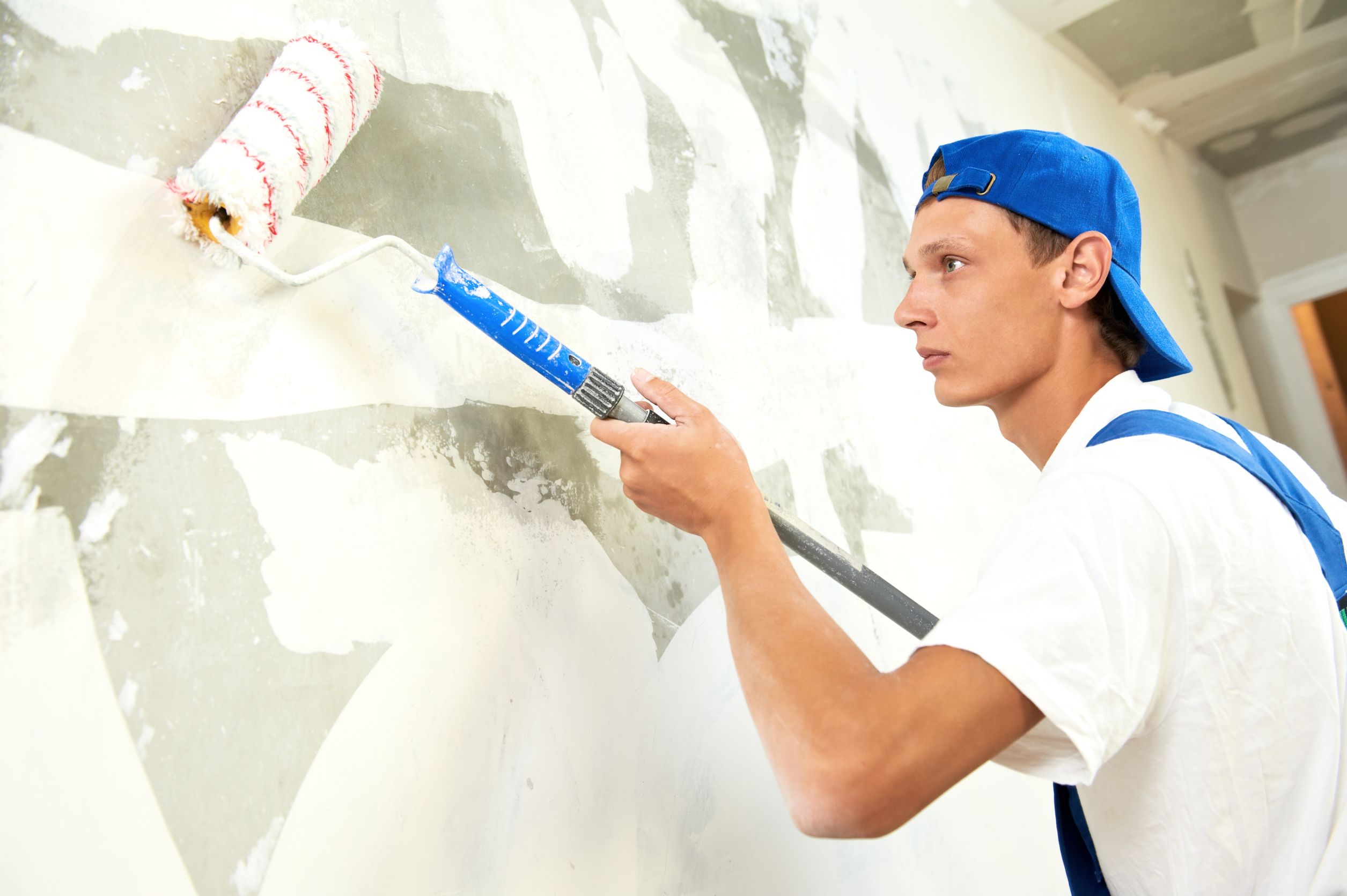5 Tips For Painting In The Winter

In our last blog, we had a look at a few of the potential positives that come from painting your house in the colder months of the year. While it can work to your advantage for a host of reasons, it’s important to be safe and be prepared (as always). House painting in cold weather does bring on a number of challenges, so if you want the best possible finish and a smooth sailing job, keep the following pointers in mind!
1. Allow Suitable Time for Curing
One of the main difficulties of painting when it’s cold out is the fact that paint takes significantly longer to dry. At an outside temperature of 10 degrees for instance, you can expect latex-based paints to take around 6 hours to dry. This is problematic when two coats are required, and there are cases in which painters may even need to stretch the job over a couple of days!
It’s therefore important to pick your preferable time and day carefully. Make sure the sun is out for a few hours after you’ve finished the job.
2. Use Appropriate Paint

Choosing the right paint can also speed up the curing process and water-based paints obviously can’t be used as the temperature approaches 0. You can see why paint selection is so important.
We’d recommend using a latex-based paint that is recommended by the manufacturer for use under the specific temperatures you’re working in. You can generally find information about this on the tub or online. In fact, there are now paint products made specifically for use in cold weather.
3. Keep the Paint Warm
While the paint is made specifically for use in cold weather, keeping it warm helps a lot. If you’re storing it in a especially cold place, for instance - outside, it can clump together which is not ideal. Store it in a dry, warm place indoors.
4. Consider the Surface Temperature

Obviously you want to be painting at the warmest part of the day so that the paint dries as quickly as possible. However the temperature of the surface is what you need to be worried about. The air outside being warmer doesn’t necessarily mean the surface is. We’ve heard of people using hair dryers to heat it up before they paint!
Keep in mind that its not advisable to paint if the surface is less than 10 degrees.
5. Use Paint Additives/Conditioners
Paint can become thicker under cold conditions which can be problematic for relatively inexperienced painters. Working with thicker paint makes it much more difficult to spread the paint out evenly and can mean finishing with blotches, which obviously aren’t ideal. A good way to overcome this is to use conditioners such as Floetrol, which won’t necessarily help the paint adhere to the surface, but make its much more easy to apply and improve coverage. We’d highly recommend this if you’re using a water or latex-based paint.
Remember to always practice safety and don’t attempt to paint in less than ideal weather conditions. Alternatively, if you’d feel more comfortable having a painting services professional take care of your needs, call the team at Premier Painting in Sydney.










